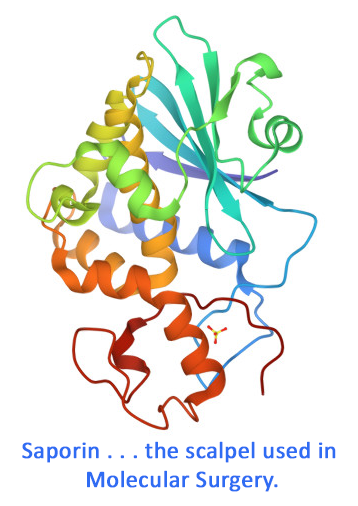Choline acetyltransferase (ChAT) catalyzes the synthesis of the neurotransmitter acetylcholine (ACh) from choline and acetyl-CoA in cholinergic neurons. ChAT serves as a specific marker for cholinergic neurons in both peripheral and central nervous systems. Dysfunction of cholinergic neurons underlies aspects of clinical symptoms found in neurological and psychiatric disorders such as Alzheimer’s disease, Down and Rett syndromes.
Anti-ChAT-SAP is a chemical conjugate of the affinity-purified rabbit polyclonal antibody to ChAT and the ribosome-inactivating protein, saporin. It specifically eliminates cells that express choline acetyltransferase.
Anti-ChAT-SAP is available individually (Cat. #IT-42) or as a kit (Cat. #KIT-42) which includes Anti-ChAT-SAP and Rabbit IgG-SAP (Cat. #IT-35).
keywords: ChAT, Choline Acetyltransferase, ACh, Acetylcholine, antibody, Anti-ChAT, Anti-Choline Acetyltransferase, Acetyl-CoA, Cholinergic interneurons of dorsal striatum, cholinergic, neurons, CNS, neurological disorder, psychiatric, Alzheimer’s disease, Down syndrome, Rett syndrome, brain, neuroscience, cholinergic system


Reviews
There are no reviews yet.